
Phobias are supposed to make sense. Heights, spiders, maybe the dark—that’s the expected list. No one blinks at those. But once string, belly buttons, or even gold enter the conversation, the room gets quiet fast. And yes, there’s one about ducks. Everyone’s already heard about it.
Psychologists have logged every bizarre version of fear you can imagine, and probably a few they wish they had not. These are not punchlines. These are real, diagnosed conditions that shape daily life around things most people do not even notice.
So before you roll your eyes at someone terrified of flutes or symmetry, just know that the human brain does not care about your logic—or your opinion.
1. Arachibutyrophobia – Fear of Peanut Butter Sticking to The Roof of The Mouth

Out of all known phobias, this one often sounds made up until you realize how real the reaction is.
The moment that sticky texture hits the top of the mouth, people with this phobia do not feel mild discomfort—they feel trapped.
Some trace it back to choking incidents, others to texture-based sensory panic. What looks like a snack turns into a silent crisis.
Try explaining that during lunch break without sounding like you lost a bet with your nervous system.
2. Nomophobia – Fear of Being without A Mobile Phone

Most people joke about being “addicted” to their phones. People with nomophobia are not joking.
The idea of losing signal, running out of battery, or leaving the phone behind triggers real anxiety.
It is about losing the one object that feels like safety, connection, and control rolled into one.
Ask anyone with this phobia to hand over their phone for an hour and watch the panic surface faster than any notification ever could.
3. Arithmophobia – Fear of Numbers
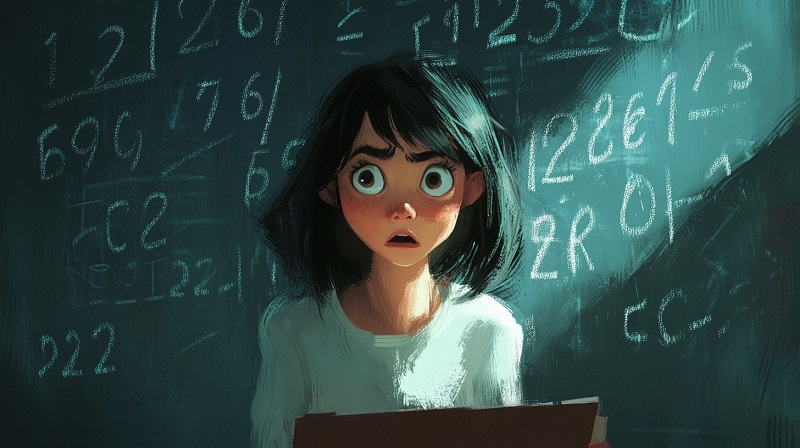
For some, numbers are annoying. For others, they are terrifying. Arithmophobia creates stress every time digits appear—on receipts, calendars, even street signs.
The mind connects numbers with failure, pressure, or confusion. People with this phobia do not hate math because it is hard.
They fear it because their brain sees it as a threat, no matter the context. No equation needed. The anxiety shows up long before the calculator does.
4. Plutophobia – Fear of Money
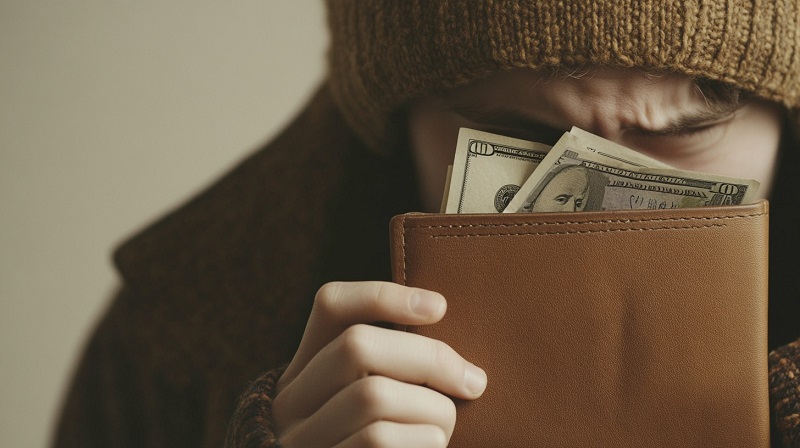
Money makes the world go round, unless your brain sees it as a trap. People with plutophobia are not stingy or rebellious. They feel panic around cash, wealth, or anything that represents financial power.
The fear might come from past trauma, pressure, or a deep association between money and moral corruption.
Either way, success becomes the enemy. It is hard to chase a paycheck when your mind is treating your wallet like a loaded weapon.
5. Xanthophobia – Fear of The Color Yellow

Yellow. That sunny, happy, innocent color that shows up on flowers, buses, and bright kitchen walls.
For people with xanthophobia, none of that feels cheerful. The sight of yellow can cause panic, nausea, or a full retreat. It does not matter if the shade is soft or blinding.
The brain assigns threat, and the reaction follows. This phobia turns an everyday color into something to fear, dodge, and avoid at all costs. Even a banana becomes a problem.
6. Ablutophobia – Fear of Bathing or Washing
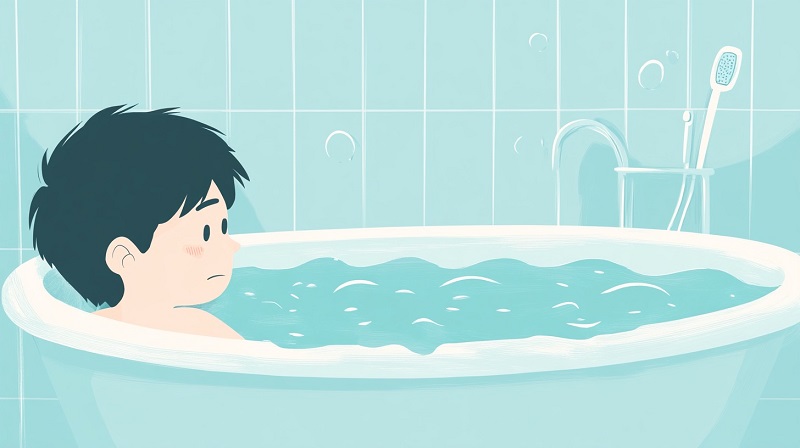
Skip the hygiene jokes. This phobia goes way beyond laziness or rebellion. People with ablutophobia experience intense fear when faced with bathing or washing.
The trigger can be trauma, sensory overload, or anxiety around water itself. The consequences are not subtle.
Avoiding regular hygiene leads to isolation, discomfort, and judgment, yet none of that outweighs the fear. The body needs to be clean. The brain refuses to allow it.
7. Optophobia – Fear of Opening One’s Eyes
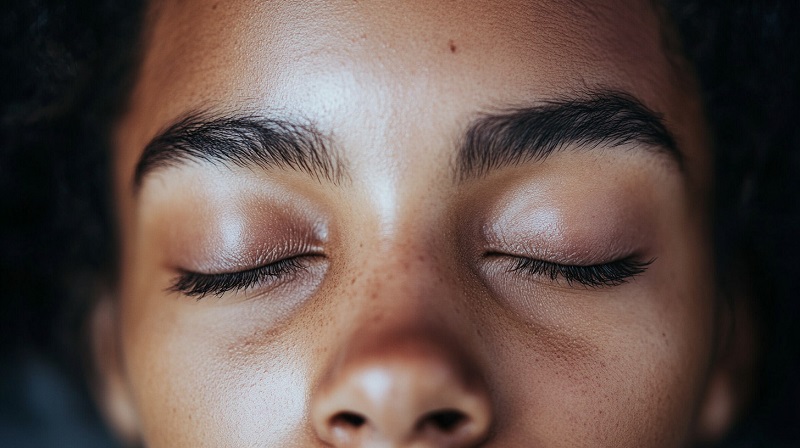
Waking up, looking around, stepping outside—all of that becomes impossible when even opening your eyes feels like a threat.
Optophobia turns the simple act of seeing into a trigger. Most with this phobia isolate themselves in dark rooms and avoid environments where light or stimulation could overwhelm them.
It is hard to function with your eyes closed, but for someone with this condition, that is the safer option. Explaining it to others often makes it worse. No one expects sight itself to be the enemy.
8. Octophobia – Fear of the Number Eight
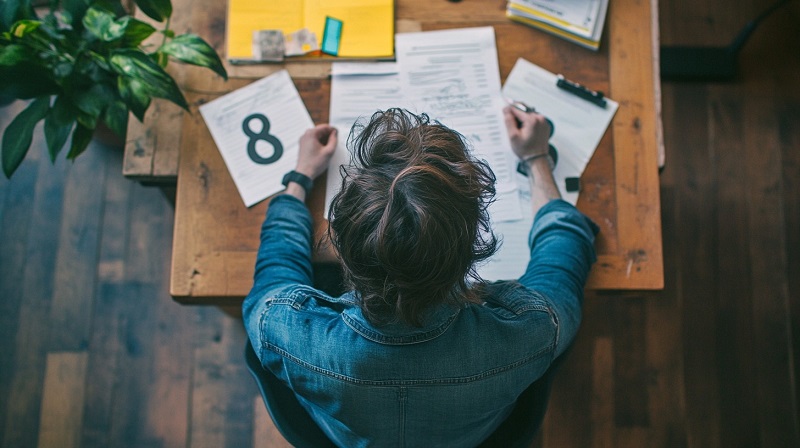
Most people barely notice the number eight unless it shows up on a price tag or birthday cake. For someone with octophobia, even seeing the digit printed on a billboard can ruin their day.
The symbol itself becomes threatening, and the presence of eight objects in a group can trigger full-body stress.
Some believe the fear links to its shape—those two stacked loops resemble infinity, and for the anxious mind, that is reason enough to panic. Others blame unlucky associations. Either way, this number is not welcome.
9. Globophobia – Fear of Balloons
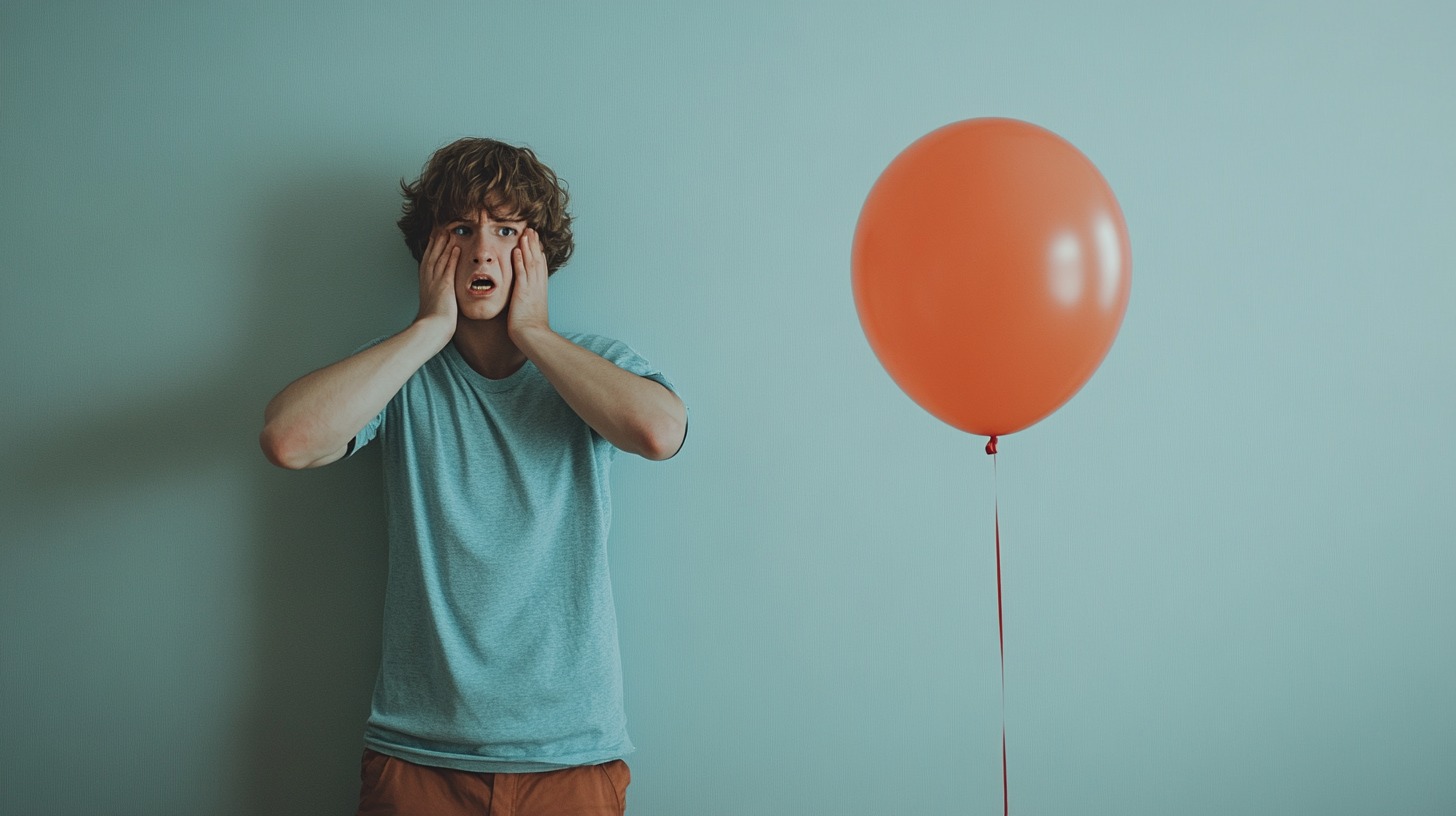
Balloons are supposed to be fun. Birthday parties, celebrations, clowns—none of it feels cheerful if the sight or sound of a balloon triggers terror.
For people with globophobia, the anxiety often centers around the loud pop. That sudden, sharp explosion turns into a threat signal. Others panic just being near the inflated shape. What looks harmless to everyone else becomes a looming disaster.
You can spot a person with this phobia by how fast they leave the room when the helium tank comes out.
10. Hippopotomonstrosesquippedaliophobia – Fear of Long Words
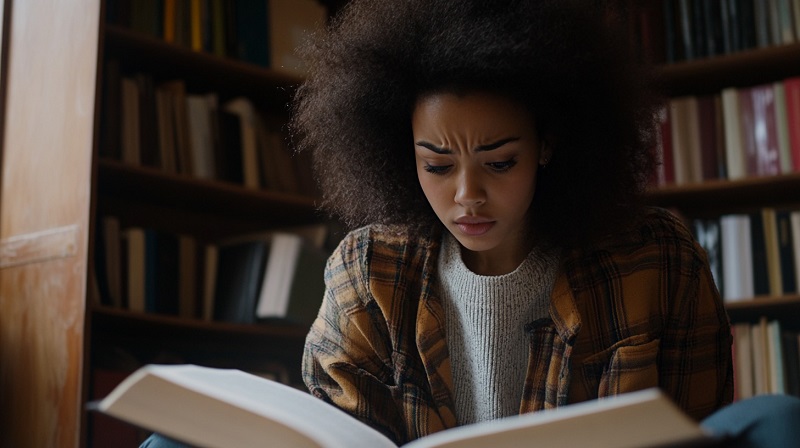
If cruel irony had a mascot, it would be this one. The name alone reads like a dare. People with this phobia experience panic at the sight or sound of long words.
Childhood reading struggles, public embarrassment, or language-based trauma can plant the fear early.
Educational systems rarely account for it. Most sufferers develop elaborate ways to avoid reading aloud or engaging in formal discussion. Ask them to pronounce this phobia, and they will probably leave the room.
11. Ephebiphobia – Fear of Adolescents

Teenagers already carry a reputation for being difficult, but ephebiphobia turns that discomfort into clinical avoidance.
People with this phobia often view adolescents as dangerous, unpredictable, or disruptive, leading them to avoid public spaces where teens gather, refuse interaction with younger relatives, and react defensively around schools or buses.
Some trace it back to negative media influence, others to personal experiences, but the result is the same—adolescents become a source of anxiety instead of harmless noise.
12. Omphalophobia – Fear of Belly Buttons

Most people ignore their navel unless it shows up at the beach or in a medical exam. For someone with omphalophobia, even thinking about belly buttons can trigger panic.
The anxiety runs deep and often leads to avoidance of mirrors, swimming pools, or any situation where skin might be exposed. Some rely on bandages or layered clothing to cover the area completely.
The fear attaches to a part of the body that feels invasive and unsettling, and that reaction turns daily tasks into calculated routines of concealment.
13. Linonophobia – Fear of String
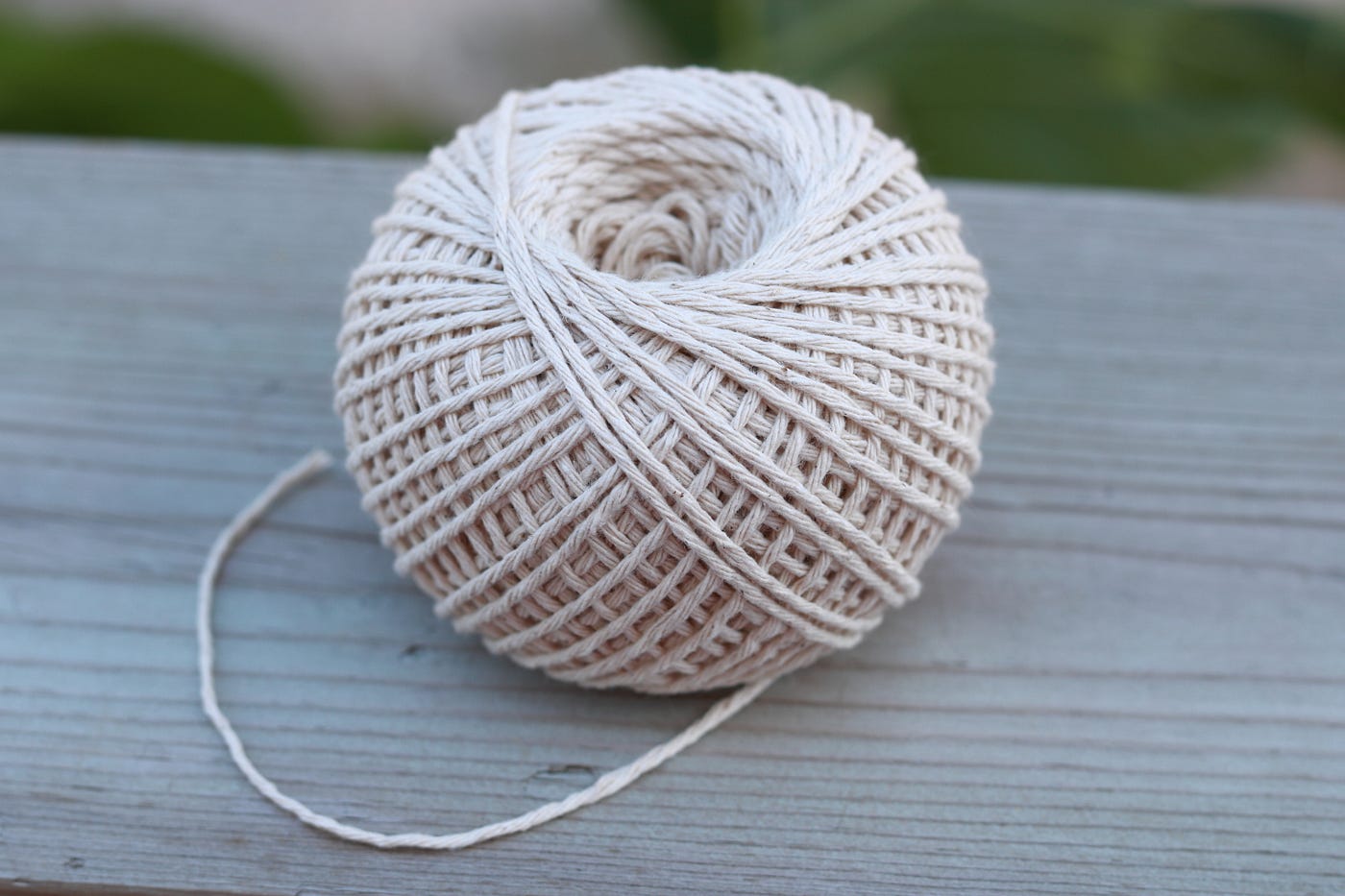
It sounds harmless until a shoelace sends someone into a panic spiral. Linonophobia targets string in all forms—threads, cords, yarn, anything that even hints at being long and flexible.
Some trace it to traumatic experiences involving restraint or confinement. Others connect it to intense sensory triggers.
People with this phobia avoid crafts, drawstrings, sewing kits, or anything that might force them into contact with thin, flexible materials. Most are fully aware it sounds absurd. The fear still wins.
14. Pogonophobia – Fear of Beards
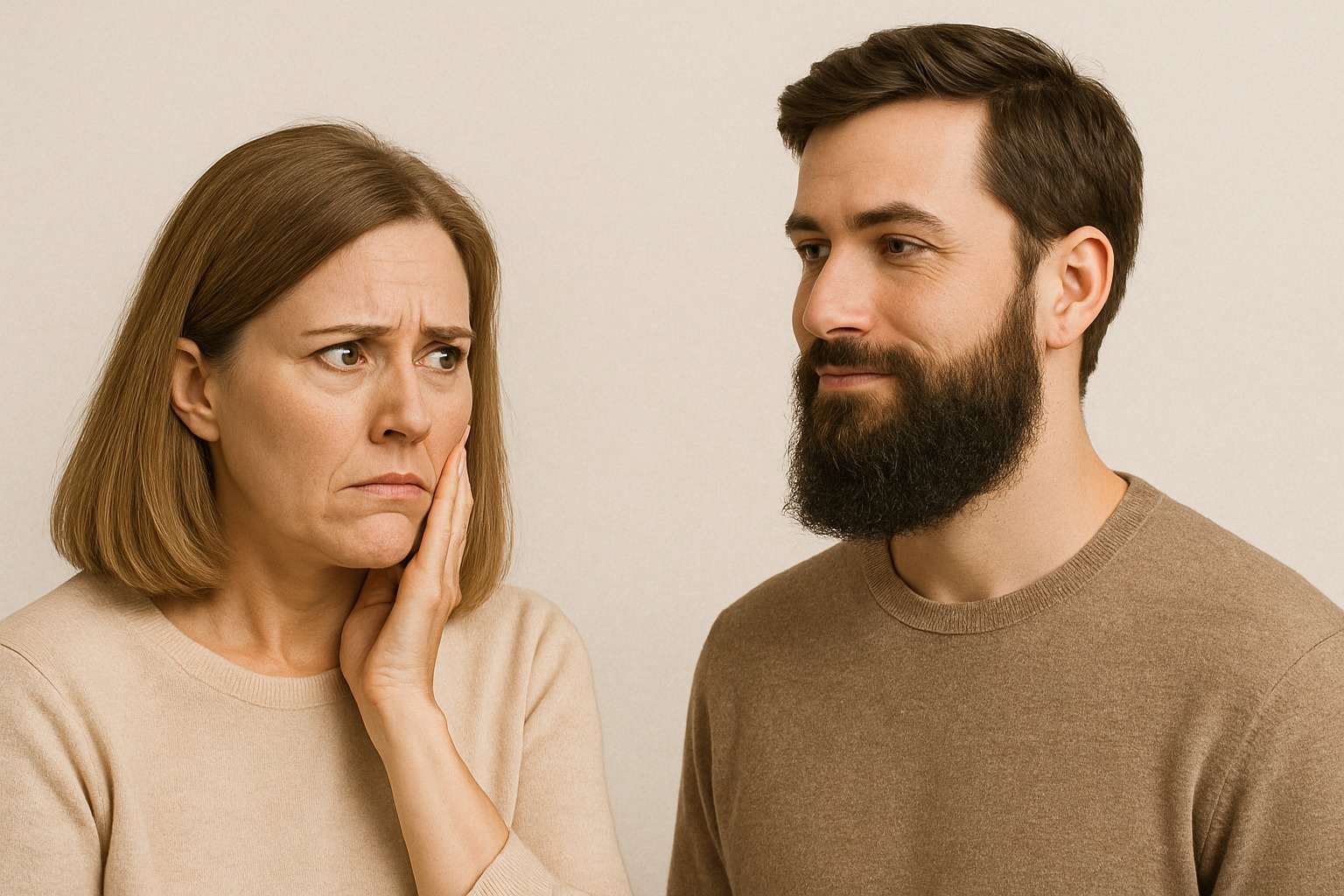
Facial hair becomes a serious problem when the brain turns it into a threat. Pogonophobia causes a strong fear response to beards, often linked to discomfort with obscured facial features, past negative encounters, or beliefs tied to hygiene or safety.
The reaction is not subtle. People avoid bearded individuals entirely, even in photos. Social events, workplaces, and casual public settings turn into obstacle courses.
Shaving is not the issue. Presence is. The beard becomes the symbol of something deeply wrong.
15. Chaetophobia – Fear of Hair
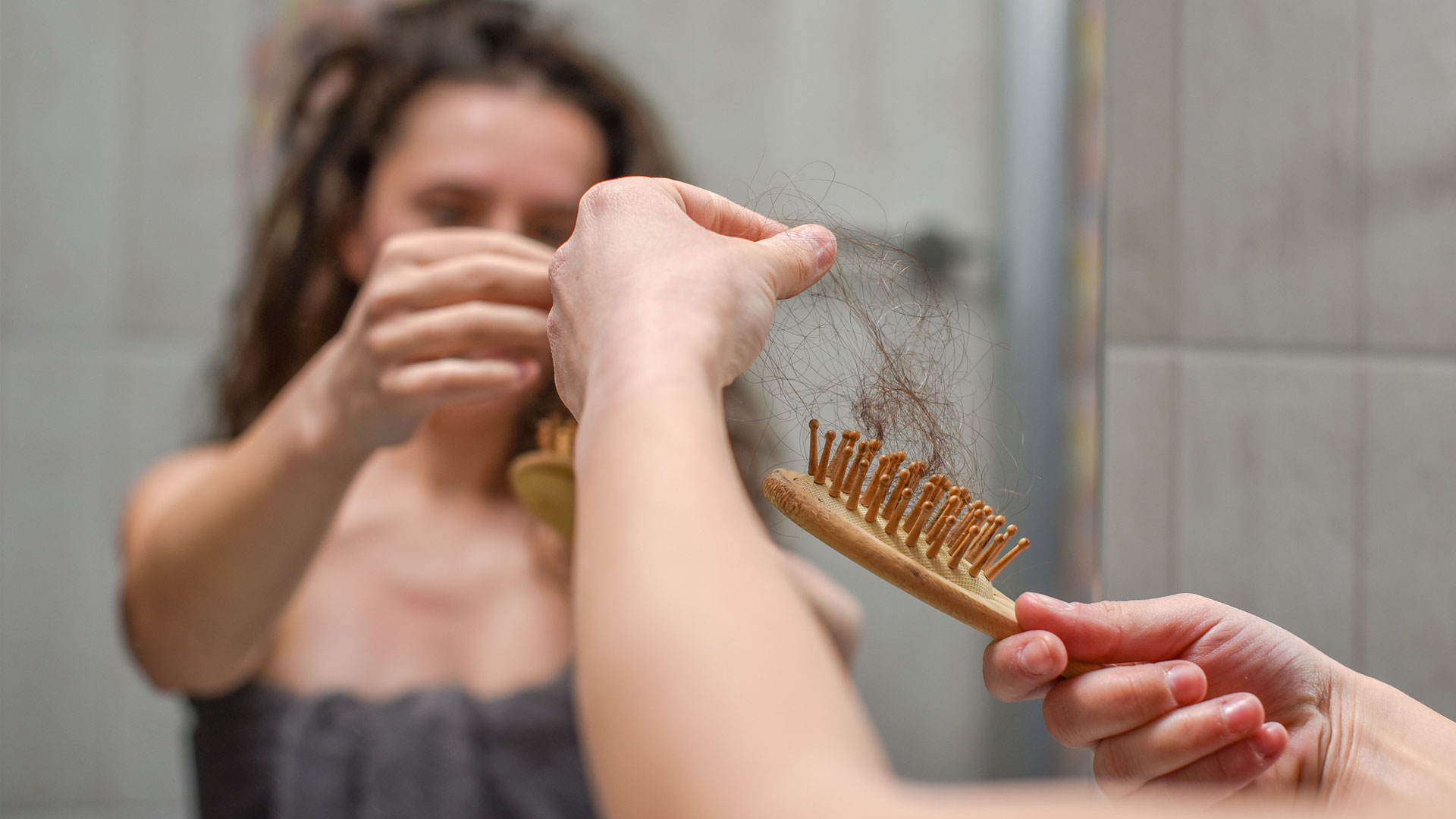
Hair might seem like the last thing anyone would fear, but chaetophobia proves otherwise. People who deal with this condition often panic at the sight or touch of hair—on their own head, on others, or loose in their environment.
The source could be a traumatic haircut, sudden hair loss, or even an obsessive belief that hair is dirty or dangerous.
The impact stretches across daily grooming, hygiene routines, and basic social interactions. Avoiding hair sounds impossible because it is.
16. Vestiphobia – Fear of Clothing

For someone with vestiphobia, putting on clothes is not part of the routine—it is a calculated risk. This fear can revolve around specific garments, tightness, or even the idea of clothing itself.
Some experience sensory overload. Others link the fabric to past trauma or symbolic associations that trigger anxiety.
The result is often total avoidance of certain textures, materials, or outfits. Choosing what to wear stops being a matter of style. It becomes a daily confrontation with panic.
17. Ergophobia – Fear of Work
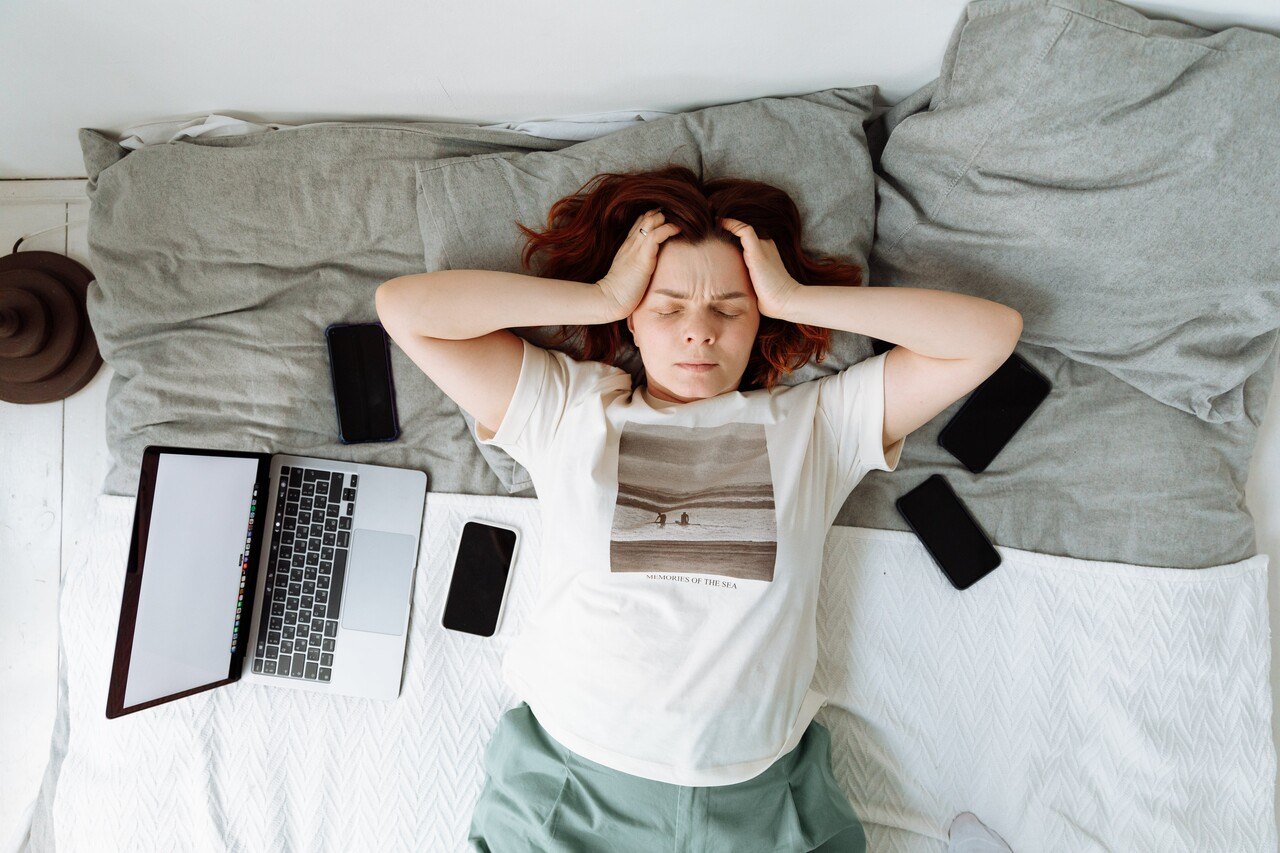
Everyone complains about work, but ergophobia turns that complaint into psychological paralysis. This fear is tied to the act of working, the environment, the pressure, or the very idea of having a job.
Many experience anxiety attacks, emotional shutdowns, or even physical symptoms tied to the workplace. Burnout, past abuse, and chronic performance anxiety all play a role in how this phobia develops.
Functioning becomes impossible. Survival depends on staying far away from the source of stress, even if it means risking everything else.
18. Decidophobia – Fear of Making Decisions

Small choices turn into crises. Big ones become impossible. Decidophobia strips away confidence and replaces it with dread.
Every option feels wrong. Every outcome seems risky. People stuck in this fear rely heavily on others, external signs, or fixed routines just to function. The root often sits inside deep self-doubt, trauma, or obsessive perfectionism.
This is fear convincing the brain that one bad choice will collapse everything. And that fear does not go away after the deadline passes.
19. Eisoptrophobia – Fear of Mirrors
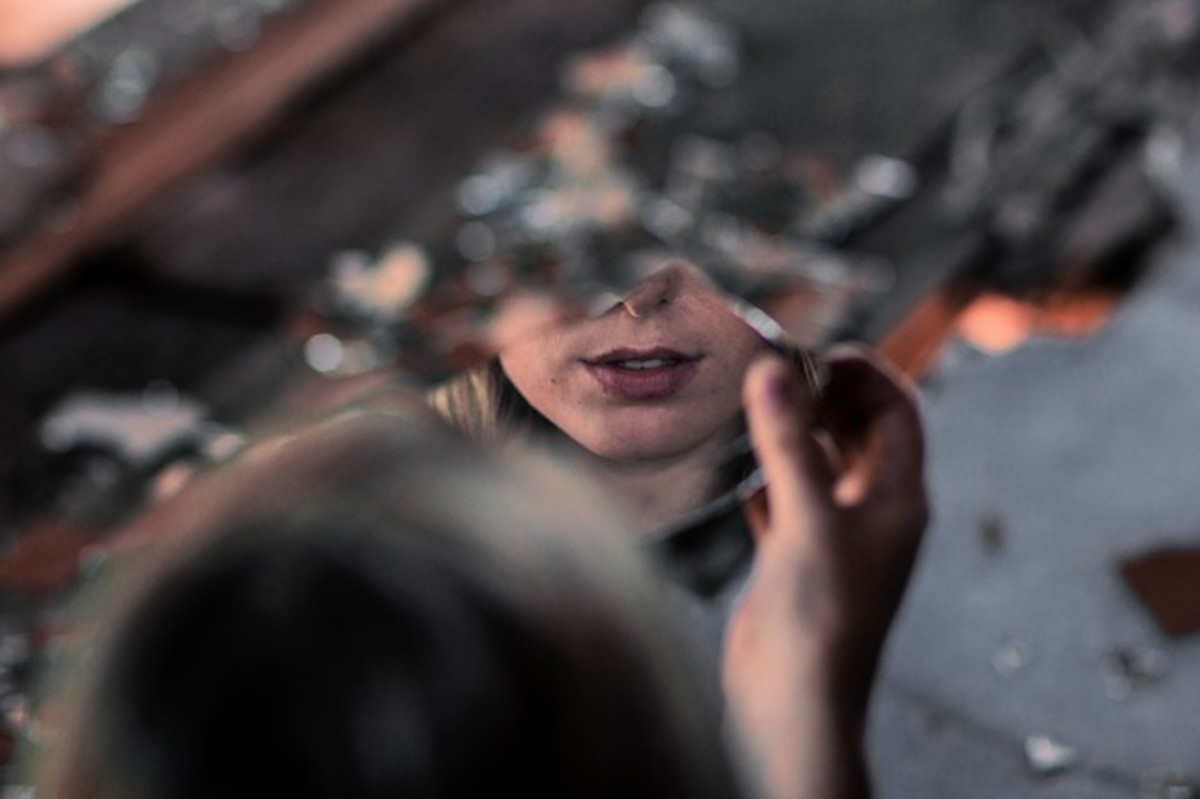
Most people glance at mirrors without a second thought. For someone with eisoptrophobia, any reflective surface can turn into a source of panic.
It often grow out of superstition, anxiety about appearance, or past psychological trauma. Public bathrooms, dressing rooms, and elevators all become stress zones.
Even shiny windows or screens can trigger the reaction. Avoidance becomes constant, and self-image becomes something carefully managed through reflection-free living.
20. Deipnophobia – Fear of Dining With Others

Dinner should be relaxing. For those with deipnophobia, it feels like a performance they never agreed to join. Shared meals become unbearable because of social pressure, conversation, or anxiety around eating habits.
Early ridicule, public embarrassment, or strict rules around table manners often sit behind this fear.
People find ways to eat alone, decline invitations, or remain completely silent through group meals. Restaurants feel hostile. Dinner tables feel like interrogation rooms.
21. Phobophobia – Fear of Phobias
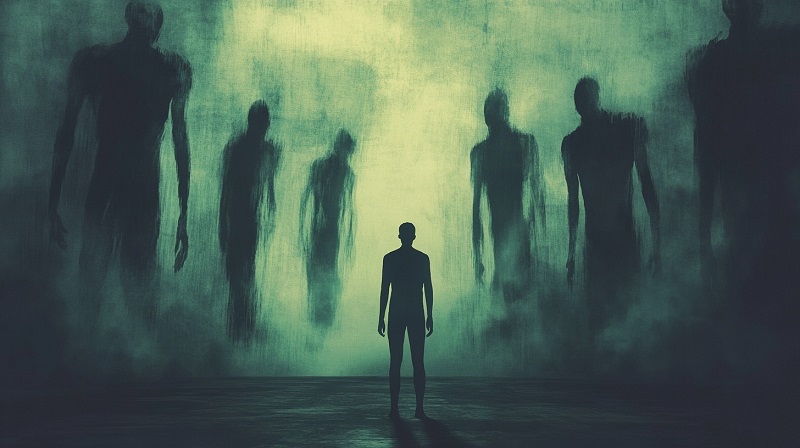
Anxiety chases its own tail with phobophobia. This fear targets the very idea of fear itself. It traps people in a loop of worry about when the next panic will come or which phobia might develop next.
Mental health professionals see this often in cases of generalized anxiety or panic disorders. Every thought becomes suspect.
Every feeling gets overanalyzed. Functioning takes energy, because the mind constantly checks for signs of collapse before anything even happens.
22. Haphephobia – Fear of Being Touched

A handshake, a hug, a tap on the shoulder—all of it triggers alarm when haphephobia takes hold. Touch no longer feels neutral. It becomes a threat to safety or personal boundaries.
Many link the fear to trauma, physical discomfort, or social anxiety. Crowded spaces become a problem. Public transportation feels unbearable. Relationships get complicated fast.
What others consider casual contact creates a wave of discomfort that never comes with a warning.
23. Doraphobia – Fear of Animal Fur or Skin
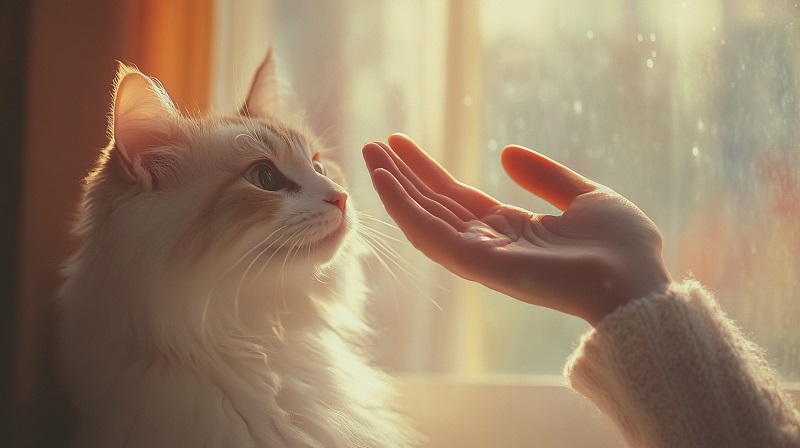
Pet owners often assume everyone wants to snuggle a furry companion. Doraphobia proves that assumption wrong.
The sight, feel, or even thought of animal fur can trigger distress. Many people with this phobia avoid pets entirely, dodge trips to zoos, and cringe at fur-lined clothing.
The fear can tie to allergies, past injuries, or strong sensory aversions. For some, it is also symbolic—anxiety about the animal itself transferred onto the texture of its coat.
24. Eremophobia – Fear of Being Alone

Solitude becomes unbearable when eremophobia takes over. It is not boredom or mild loneliness.
It is a mental alarm that sounds the second no one else is around. Many experience racing thoughts, dread, or emotional shutdown when isolated, even for short periods.
Childhood neglect, abandonment, or trauma often fuel this fear. Normal quiet moments turn into psychological emergencies. Being alone does not mean freedom—it means threat.
25. Hypnophobia – Fear of Sleep
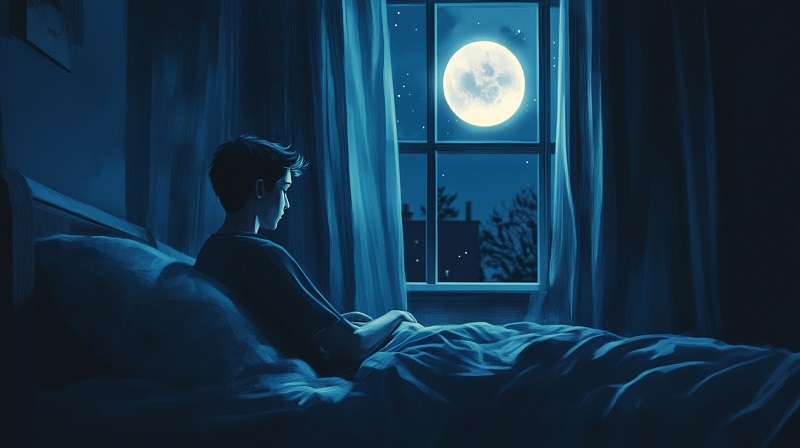
Sleep usually ranks high on the list of things people want more of. For someone with hypnophobia, it ranks high on the list of things to avoid.
Closing the eyes at night feels more like giving up control than getting rest. Dreams, nightmares, the unconscious mind—it all turns into enemy territory.
The fear often ties back to past trauma, sleep paralysis, or even a belief that something bad happens during unconsciousness. Staying awake feels safer. Never mind the exhaustion.
26. Brontophobia – Fear of Thunder
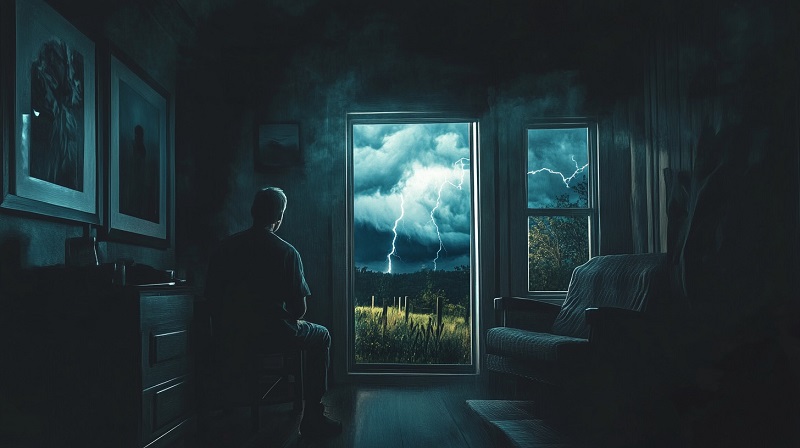
A sudden crack of thunder might make anyone jump. Brontophobia takes that reaction and stretches it into full panic.
People with this fear start watching weather forecasts like survival briefings. Stormy days become hours of dread. The sound triggers rapid heartbeat, nausea, or even a desperate urge to hide.
It often starts in childhood, reinforced by one too many terrifying storms. Fireworks and loud appliances can set it off too. The cloud does not even need lightning—just a loud enough rumble will do the job.
27. Kakorrhaphiophobia – Fear of Failure

Most people dislike failure. Kakorrhaphiophobia takes that dislike and turns it into paralysis. The possibility of getting something wrong leads to avoidance, procrastination, or total withdrawal.
Even starting a project becomes overwhelming. For some, this fear gets wired in early, reinforced by criticism or perfectionist pressure.
The idea of making a mistake carries more weight than the consequences of never trying. Success does not feel exciting. It feels mandatory—and terrifying.
28. Ophidiophobia – Fear of Snakes
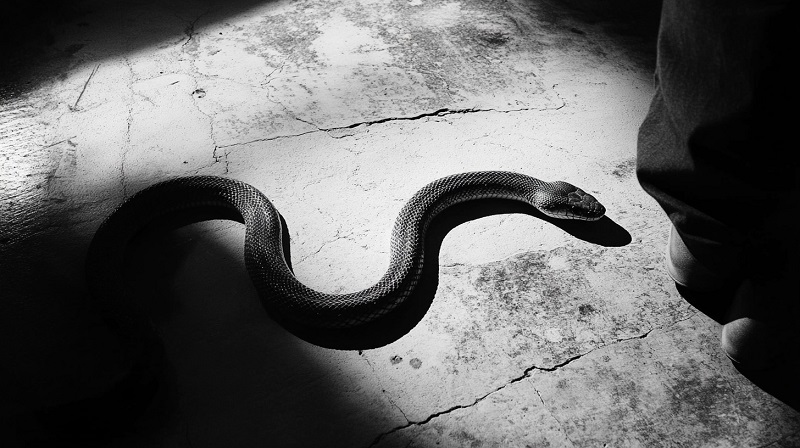
This one makes more sense to most people. Snakes are fast, silent, unpredictable, and a few can actually kill you.
Ophidiophobia ramps that discomfort up to a level that makes nature documentaries feel like horror films. Photos, videos, toy snakes—any of it can cause panic.
It is one of the most common specific phobias out there, and it does not always depend on direct encounters.
Sometimes it only takes one scene in a movie to leave someone checking every shadow for the rest of their life.
29. Taphephobia – Fear of Being Buried Alive

The fear of being buried alive does not exactly come out of nowhere. Taphephobia might sound outdated in the era of modern medicine, but the idea still terrifies people. History does not help.
There are actual records of premature burial that fueled this phobia’s growth. People who deal with it avoid enclosed spaces, funerals, or anything that reminds them of death or confinement.
30. Glossophobia – Fear of Public Speaking
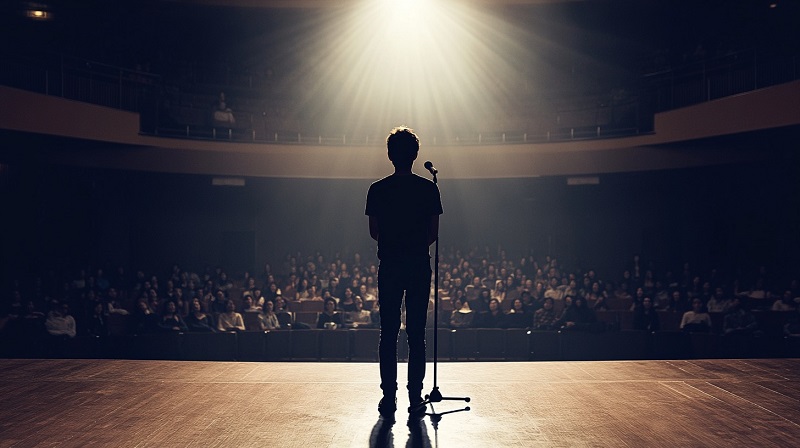
Speaking in front of a group triggers more than just nerves for people with this condition. The body locks up, the voice falters, and the panic builds long before a word gets out.
Every second feels like being on display without any way to step off the stage. Memories of failure or embarrassment usually sit behind the reaction, but even without a clear cause, the dread holds tight.
Crowds don’t need to be large. A conference room with five people can cause the same spiral.
Carnival in Rio is to for those with this phobia for sure.
31. Philophobia – Fear of Love

Love gets marketed as healing and fulfilling, but this fear turns it into something people run from.
Emotional closeness does not feel safe. It feels unstable and unpredictable. The reaction often connects to loss, betrayal, or deep disappointment that shaped the way relationships are viewed.
Guarded behavior becomes a survival tactic. When others ask why the walls go up, there is no simple answer—only instinct that refuses to lower them.
32. Anatidaephobia – Fear of Being Watched by a Duck

This one reads like a parody, but the experience is very real for those affected. The fear centers around the belief that a duck, somewhere, is watching. Not attacking or approaching—just watching.
It can be set off by images, memories, or quiet spaces that leave too much room for imagination. Parks and lakes become uncomfortable.
Jokes from others only make it harder to talk about. The fear does not come from logic. It comes from the feeling that something harmless has crossed a line into threatening.
33. Aibohphobia – Fear of Palindromes

Symmetry in language might seem clever to most people, but here it sparks anxiety. Palindromes—words or numbers that read the same forward and backward—create a strange kind of mental pressure.
Visual patterns turn unsettling. Road signs, dates, and even names become difficult to process.
The structure feels too controlled, too precise, like a trap disguised as language. Avoidance becomes instinctive, and the fear grows every time it gets dismissed as quirky.
34. Logophobia – Fear of Reading or Written Words
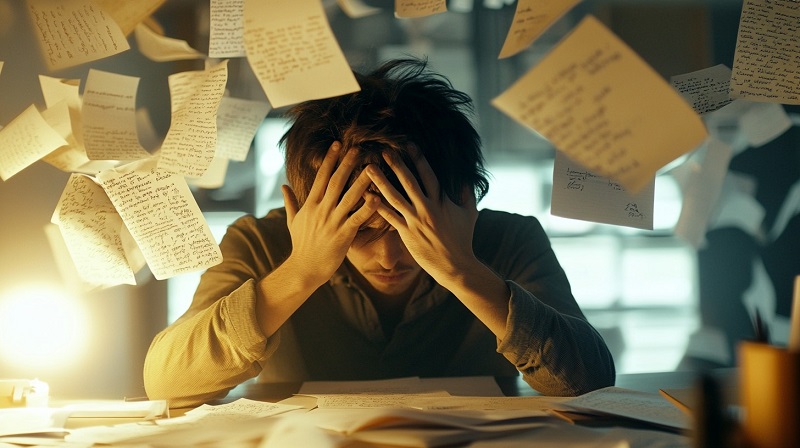
Letters on a page should bring information, not panic. People with this phobia face a wall of stress the moment words appear in written form.
It becomes harder to process, harder to focus, and harder to breathe. The anxiety builds in places where others expect ease—menus, documents, even signs on the street.
It is not about ability. It is about the immediate physical response that shows up before comprehension can even begin.
35. Alliumphobia – Fear of Garlic

Garlic sends most people running toward a dish, not away from it. For someone with alliumphobia, that reaction flips completely.
The smell alone can trigger nausea or panic. It is not a mild dislike. It is an instant signal to exit the room. Kitchens become minefields.
Daily life adjusts around avoidance, and few people understand why.
36. Dextrophobia – Fear of Things on the Right Side of the Body
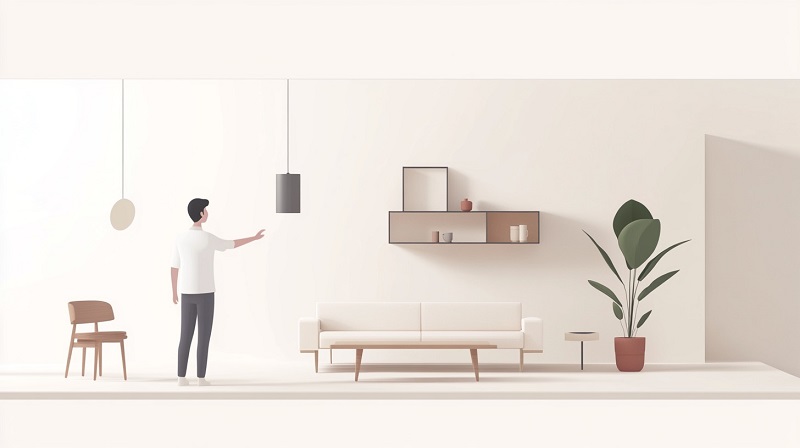
This fear makes spatial awareness feel like a rigged trap. Dextrophobia brings a sense of tension when objects exist on the right side. Not behind. Not in front. Specifically the right.
It becomes exhausting to rearrange furniture or sit in restaurants where everything feels tilted toward discomfort.
The world, unfortunately, did not build itself to accommodate this. People deal with it by avoiding certain layouts or standing in rooms like they’re trying to dodge a sniper. Explaining it usually earns looks no one wants to deal with.
37. Levophobia – Fear of Things on the Left Side of the Body

Flip the map, and the problem repeats. Levophobia locks focus on the left, turning anything positioned there into a source of anxiety.
Cars in the next lane, a bag on the shoulder, a person walking too close—it all feels off. The fear rarely travels alone. It often pairs with other compulsions or anxieties, making physical space a daily test.
Most people don’t notice left from right unless they are giving directions. Someone with levophobia notices every time they walk through a door.
38. Siderophobia – Fear of Stars

Stargazing sounds peaceful to most people. For someone with siderophobia, it feels like exposure. The open sky becomes too big, too overwhelming, too full of things that are far beyond control.
Looking up creates the sensation of falling in reverse. The universe feels like it is watching back, not in awe, but in judgment. Curtains stay closed. Clear nights are avoided. Small talk about constellations stops fast, and there is no polite way to explain why.
We are not sure if it also includes horoscope insights.
39. Symmetrophobia – Fear of Symmetry

Perfection unsettles people more than they like to admit. Symmetrophobia takes that discomfort and magnifies it.
Clean lines, balanced shapes, and mirrored layouts make the space feel unnatural. The reaction hits fast—tension in the chest, pressure behind the eyes, the need to break the balance. Crooked paintings feel safe. Uneven patterns offer relief.
Everything that looks too clean becomes a target for suspicion. Nature might love symmetry, but for some, it feels like a trap wearing a polished mask.
40. Kathisophobia – Fear of Sitting Down

Most people look forward to a chance to sit. Kathisophobia turns that action into a warning. Chairs, benches, couches—none of them feel safe.
There might be fear of what will happen while seated. There might be trauma tied to being restrained. The result is the same. Standing becomes default. Public spaces get avoided.
People start asking why someone refuses to rest, and the answer does not come with a comfortable explanation. Tired legs are easier to manage than a panic episode.
41. Aurophobia – Fear of Gold

Gold means wealth, power, status—and for some, anxiety. Aurophobia makes the sight of gold unsettling, not because of what it costs but because of what it symbolizes.
Jewelry becomes a problem. Awards feel like threats. Luxury feels offensive. It is not a matter of envy. It is a matter of discomfort so deep it turns shine into pressure.
Weddings, celebrations, even store displays become visual landmines. Most people admire gold. Aurophobia does not.
42. Nostophobia – Fear of Returning Home
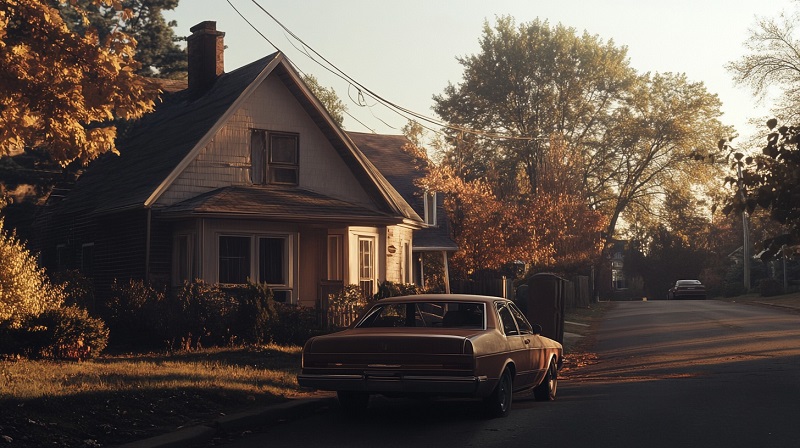
Home gets romanticized as safety, comfort, roots. Nostophobia knows better. This fear pushes people away from the place that shaped them, usually for good reason.
Abuse, trauma, judgment, failure—whatever happened there left a mark. The idea of going back becomes too much to face. Some avoid family holidays.
Some stay on the move. Others cut ties so clean that even driving past an old neighborhood brings back more than memories. Going home does not always mean healing. For some, it means collapse.
43. Caligynephobia – Fear of Beautiful Women

Pretty faces are not always seen as harmless. Caligynephobia puts a spotlight on that exact discomfort. When someone attractive walks into the room, everything tightens. Words vanish. Breathing shifts.
This fear creates distance where most people would expect magnetism. Past rejection, deep insecurity, or emotional baggage all feed the reaction.
The person at the center of it probably has no idea. The panic does not come from them. It comes from the mirror being held up without warning.
44. Kinemortophobia – Fear of Zombies

Fear of zombies used to belong to movies and nightmares. Kinemortophobia yanks it into waking life.
The walking dead might be fiction, but the fear they represent—loss of control, mindless destruction, death that will not quit—feels real enough to trigger a reaction.
Even Halloween decorations or costume parties can set it off. The body reacts before logic gets a word in. For those living with it, a simple film trailer can ruin an entire week.
45. Somniphobia – Fear of Sleep
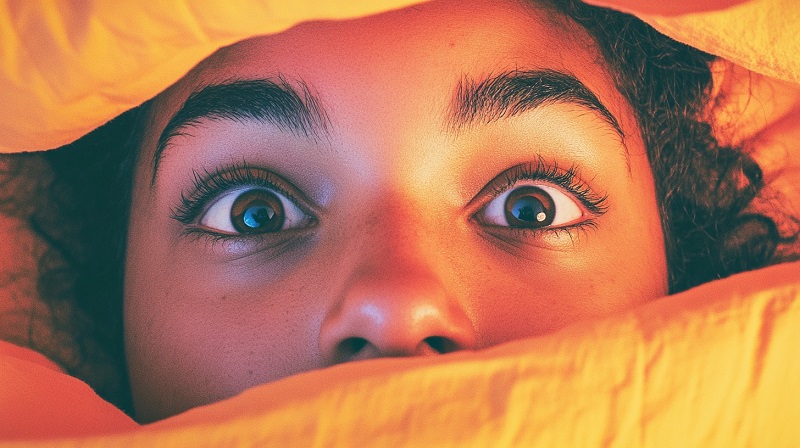
Rest is supposed to reset the mind. Somniphobia turns that into an ongoing fight. Lying down at night creates dread. Closing the eyes feels risky.
The fear comes from nightmares, sleep paralysis, or the idea of losing awareness in a world that keeps moving.
Insomnia follows close behind. People get told to relax or count sheep, as if that ever worked. Nothing fuels panic like being told rest should be easy.
46. Neophobia – Fear of New Things and Experiences
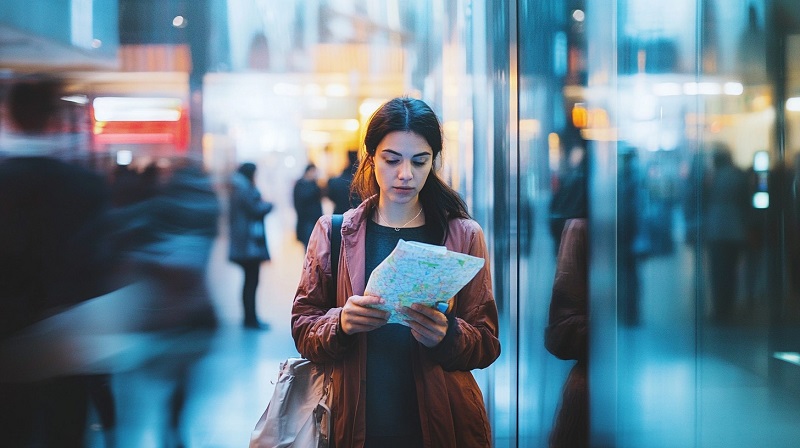
Change gets glorified. Growth gets shoved into slogans. Neophobia has no patience for any of it. New routines, new foods, new routes—every one of them feels like a gamble.
The unknown becomes too sharp, too unstable, too full of ways things could go wrong. Familiar patterns offer protection.
Disruption feels like risk without payoff. Curiosity dies the second the discomfort shows up.
47. Aulophobia – Fear of Flutes

Flutes are quiet, gentle, even elegant—unless your brain decided they signal danger. Aulophobia focuses on that high-pitched tone and refuses to let it pass without a fight. C
oncerts, music classes, even school bands trigger the reaction. Something about the sound cuts too deep.
The texture of the noise gets under the skin and stays there. People do not expect it. That only makes it harder to manage.
48. Ostraconophobia – Fear of Shellfish

Seafood is normal. Shrimp cocktails are routine. But for someone with ostraconophobia, shellfish represent something much worse.
The reaction can come from the look, the smell, the texture, or the memory of one bad encounter that stuck for good. Buffets become nightmares.
Summer gatherings feel like a trap. The fear never asks whether the shellfish are on the table. It assumes they are. And it acts accordingly.
Final Thoughts
Phobias never show up politely. They crash in, rearrange your habits, and turn perfectly normal things into daily hazards. That one weird fear you keep quiet about? Someone else out there is probably dodging the exact same thing and doing it without apology.
People love to laugh at what they do not deal with. That’s the easy part. What takes actual effort is realizing how ridiculous fear can be—and still treating it seriously when it wrecks someone’s day. Every phobia in this list has done exactly that to someone. Maybe more than once.
So before you roll your eyes at the guy avoiding string or garlic or the number eight, ask yourself one question. How confident are you that your brain isn’t five minutes away from doing the same thing with something even dumber?
















